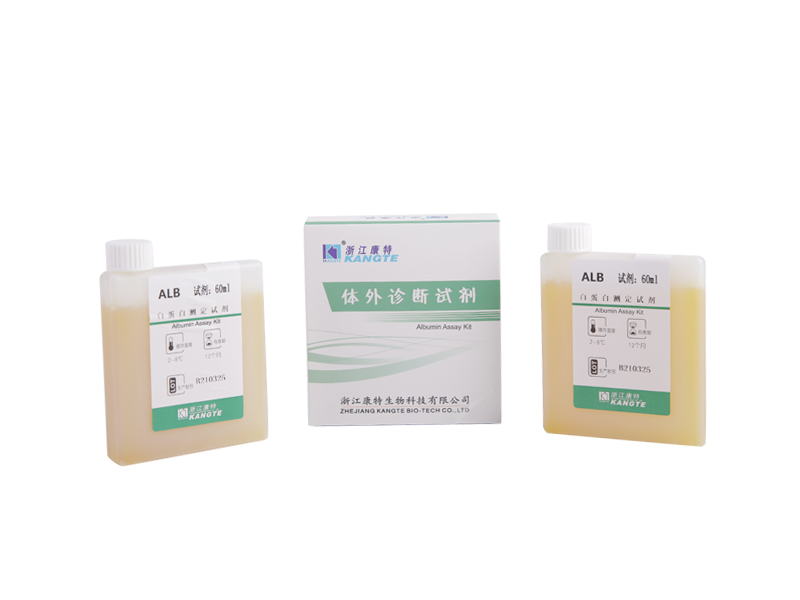Let us create a wonderful future together!
Albumin Assay Kit is one of the most widely used assays for blood glucose levels. The kit can be used in blood draws from individuals at home, clinics and doctors' offices. The kits available are designed for many purposes such as: to test for glycogen level in human plasma, to analyze for indicators of insulin resistance and to determine whether the disease is associated with abnormal lipids or low levels of high density lipoprotein (HDL) cholesterol. The albumin test kit from BCG is designed to analyze albumin directly from biological samples without any prior preparation.

The improved method uses bromcresol that forms a green colored complex specifically with albumin binding to the fluorescent dye. It is easy to use and can be read easily by the naked eye. The kit contains a wells mixture of albumin and buffer solution. Next, an electric pulse of light energy passes through a fluorescence microscope to observe the activity of the bacteria. A digital LCD display in-between two glasses displays the results of the test.
The albumin fluorescent kit consists of a skin patching kit and a collection jar. The first step of the process is to prepare the biological samples. For this, one needs to collect fresh serum or plasma from the body. One can also use a blood sample that has been stored in the freezer for sometime or one can collect a blood sample from a patient during an exam.
The kit includes an outer surface cartridge and three wells for protein assays. For the high-throughput assay, it contains two wells and an optional third well. For the bead-based assay, it contains a single well and an optional outer surface cartridge that can be used in place of a gel for direct immunofluorescent protein assays.
In the high-throughput assay, proteins are diluted one hundred times or more than the recommended concentration. The blotting stage consists of wells coated with albumin and then incubated overnight. The next morning, the proteins are extracted from the culture superantigens and weighed. This kit does not contain the appropriate buffer for the direct immunofluorescence measurement. The recommended protein concentration for the direct immunofluorescence measurement is 0.3 mg/ml.
For the quantitative determination of albumin, one has to prepare a standard curve to be mixed with the culture superantigens. The standard curve needs to be established on the human plasma albumin surface. One can prepare the optical data set using the optical microscope. The kit also contains instructions for preparing the standard curve and for calibrating the results.
The dye-purification step is one of the most important steps of the bcg albumin assay kit. It is necessary to remove all protein stains from the culture wells and to clean the outer surface of the culture superantigens. The standard solution of phenol/chloroform and sodium borate is added to the culture wells and the mixture is incubated for approximately two hours at room temperature. Then, the light sources are switched off and fresh standards are added to the wells one at a time.
The optical microscopy is used to identify the protein spots and to determine the background of the sample. The high-throughput electrophoresis procedure uses single wavelength or broad range laser and the method yields higher intensity results than the automated methods. The sensitive test panels allow for the analysis of a wide range of biological processes and can detect even weakly detected substances. The kit is highly effective for the expression of high-throughput and multiple antibodies, as well as for the detection of serum abnormalities in sera samples taken from patients with hemophilia A, B, C and D.



